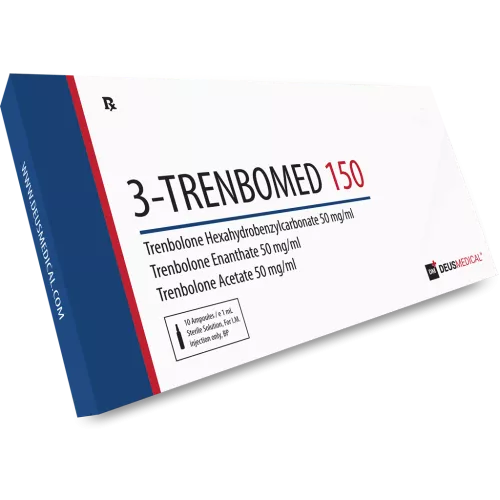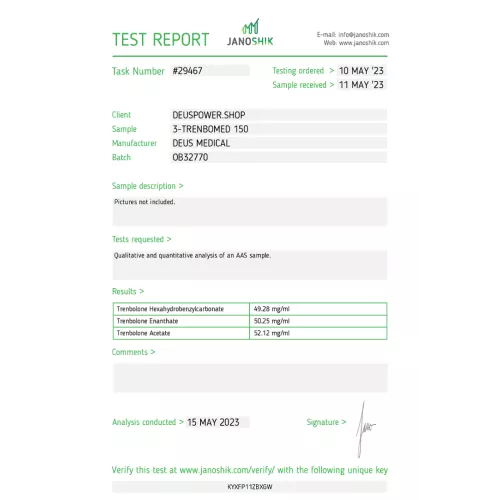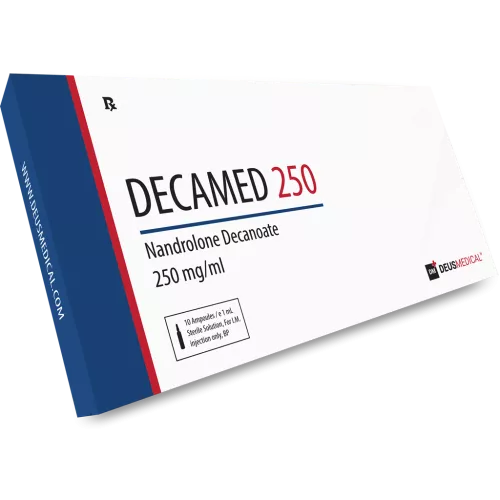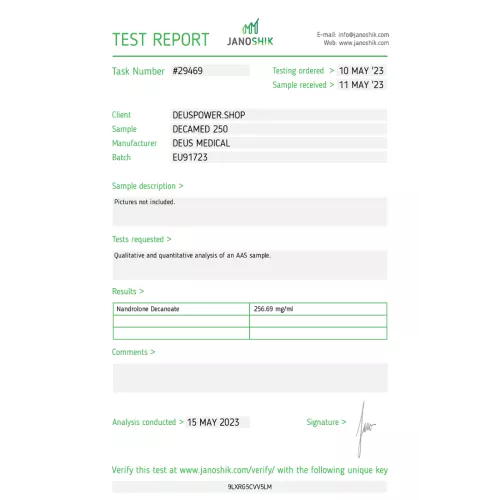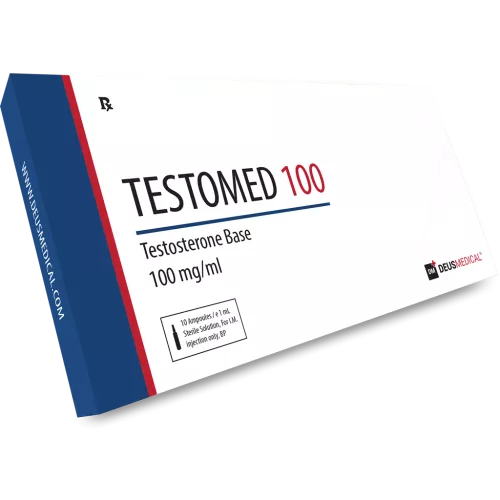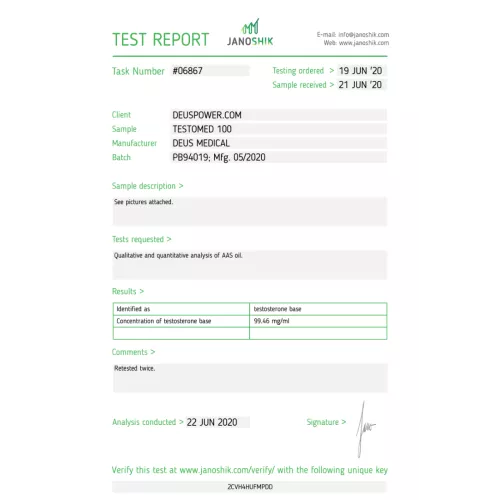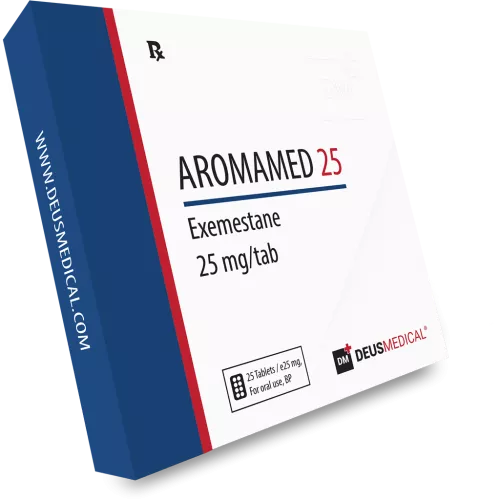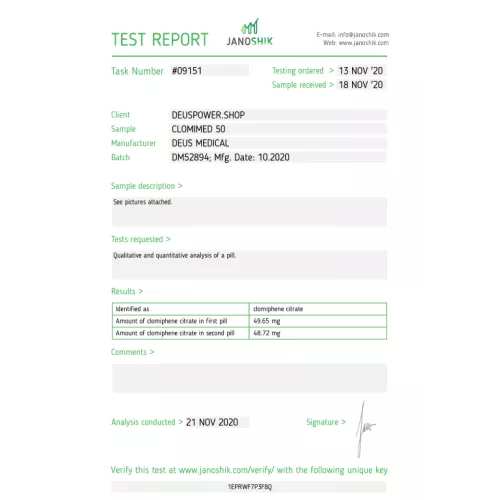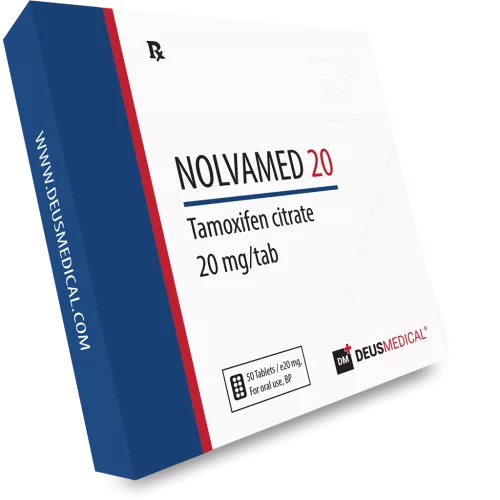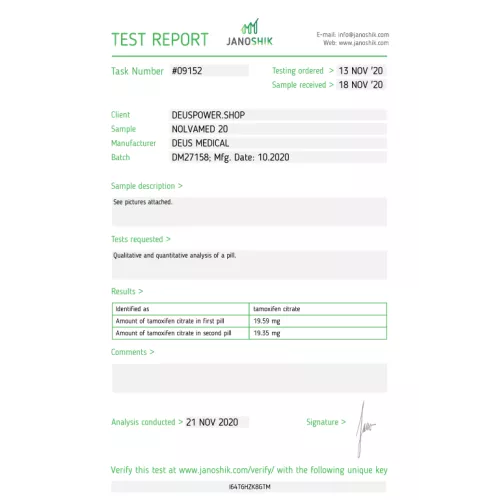26 Apr


What is Gynecomastia?
Gynecomastia is the benign enlargement of breast tissue in men, characterized by a lump that extends concentrically from beneath the nipple, or in other words, it is like a kind of "disk" under the nipple. This disk has a firm and rubbery texture, clearly different from the surrounding tissue. It is important to distinguish gynecomastia from pseudogynecomastia (also known as lipomastia or adipomastia). Pseudogynecomastia is only fatty tissue, which makes it difficult to detect in obese individuals since it is harder to feel something under a layer of fat than without it. However, due to the relatively low fat percentage in steroid users, it is much easier to detect compared to the rest of the population.
There are several morphological classifications based on skin elasticity, the presence of an inframammary fold, and the degree of breast ptosis, and following the recommendations of Cordoba and Moschella, gynecomastia can typically be classified into four grades of increasing severity, from I to IV, ranging from simple areolar protrusion to "man boobs" or "moobs".
So, how to diagnose it correctly?
The answer to this is simple: through ultrasound. However, due to the low amount of fat in steroid users, it can be detected with a simple physical examination. To do this:
First, place your thumb and index finger a few centimeters apart on the periareolar area (the colored area around the nipple).
Second, slowly and gently bring them together until you feel something like a rubbery disc.
If you don't feel anything like a rubbery disc, but rather like fat, then it is pseudogynecomastia.
It is very important not to pinch the nipples, as this only causes the adjacent tissues to become inflamed, giving the false sensation of gynecomastia to the touch. The latter is much more common than you might think. Due to suggestion, people tend to pinch themselves continuously to see if they have gynecomastia, and after a few days, they begin to feel something similar to gynecomastia due to tissue inflammation. However, once they stop touching themselves for several days, it disappears again.
Make sure to do this before using steroids, as once started, it is very difficult to discern whether gynecomastia has been caused by the use of steroids or was already there, which is important since "old" gynecomastia generally does not respond to endocrine treatment with tamoxifen.
In fact, gynecomastia is common in healthy men; it seems to occur in approximately one-third of men and with a diameter of 4 cm or less. So don't worry if you discover that you have a little gynecomastia, as it is quite normal.
How does gynecomastia occur?
Today, there seems to be consensus in the literature that its main cause is an imbalance between androgenic and estrogenic action in breast tissue.
In simple terms: estrogens make it grow and androgens inhibit this growth. As such, gynecomastia can develop when there is a relative or absolute excess of estrogenic action, or a relative or absolute decrease in androgenic action in breast tissue. Due to this, many users employ non-aromatizable anabolic steroids to maximize androgenic metabolism while minimizing estrogenic metabolism in breast tissue.
Another common practice is to combine the use of anabolic steroids with anti-estrogens, generally a selective estrogen receptor modulator (SERM) such as tamoxifen and, on other occasions, an aromatase inhibitor.
Progesterone
Progesterone is a steroid hormone and, like prolactin, plays an irrelevant role in the development of gynecomastia. First, anabolic steroids do not increase progesterone levels. However, it is true that certain androgens have an affinity for the progesterone receptor (Mibolerone, Trenbolone, Nandrolone...).
Secondly, while progesterone does seem to control the proliferation and morphogenesis of the luminal epithelium of the breast in women, the luminal epithelium is also the cells that form the lactiferous ducts, so it does not play a role in the development of the lobular/glandular tissue (let's say it's the tissue that makes up gynecomastia per se). As such, it seems extremely unlikely that it plays a direct role in the development of gynecomastia. As for an indirect role, it has been proposed that progesterone could enhance the transcriptional activity of estrogens in primate breast tissue, but not in humans.
Treatments
Use of androgens (Testosterone and Dihydrotestosterone)
Although all of this may sound great, the first option is not very viable since once gynecomastia is established, testosterone treatment in hypogonadal men does not produce breast regression. In fact, testosterone treatment can lead to the appearance of gynecomastia as it is aromatized into estradiol. Therefore, although testosterone is used to treat hypogonadism, its use to specifically counteract gynecomastia is useless. However, it is worth noting that dihydrotestosterone, a non-aromatizable androgen, has been widely used in patients with prolonged pubertal gynecomastia with good response rates.
Use of antiestrogens (Clomiphene, Tamoxifen, Raloxifene)
With Clomiphene, the response rate is 64% at a dose of 100mg/day over a period of 6 months. It should be noted that the use of lower doses of clomiphene has shown varying results, indicating the need to administer high doses, even greater than 100mg. Today, the reference treatment is Tamoxifen therapy, also an antiestrogen. This has been extensively studied in randomized, double-blind studies, in which statistically significant regression of breast tissue size was shown. For example, in the following citation, the response rate was 80% with a dose of 40mg daily for 1 to 4 months.
There is a study in which tamoxifen was compared to danazol in the treatment of gynecomastia. Although 78% of patients taking tamoxifen had complete resolution compared to only a 40% response in the group treated with danazol, the relapse rate was higher for the tamoxifen group. Another prospective cohort study found that 90% of patients taking tamoxifen had successful resolution of their symptoms. Although there is the possibility of recurrence upon cessation of therapy, tamoxifen, due to its relatively low side effect profile and high efficacy, may be a more reasonable option compared to other therapies. If used, tamoxifen should be administered at a dose of 10 to 20mg once or twice daily (10-40mg daily) for 3-6 months; subjects who respond well to treatment usually have a significant improvement in pain within the first month of starting therapy. Raloxifene, which has also been used in the treatment of pubertal gynecomastia, but its efficacy needs to be evaluated in more randomized prospective studies. Anyway, if it is desired to be used for the treatment of gynecomastia, the dose to be used would be 60mg once a day orally for a period of 3-6 months.
Use of aromatase inhibitors (Letrozole, Exemestane, Anastrazole)
Aromatase inhibitors, such as anastrazole and letrozole, may have therapeutic potential, but randomized, double-blind, placebo-controlled trials have not confirmed their efficacy. In fact, in a study involving patients receiving bicalutamide therapy for prostate cancer, only tamoxifen, but not anastrazole, significantly reduced the incidence of gynecomastia when used prophylactically and therapeutically. In another study of pubertal gynecomastia, no significant difference was demonstrated between the anastrazole and placebo groups in patients with pubertal gynecomastia. Therefore, the use of an AI is not recommended for the treatment of gynecomastia. If they are desired for use as a prophylactic remedy, in my experience, the ideal starting dose will be approximately 1.25mg for Letrozole, 12.5mg for Exemestane, and 0.5mg for Anastrazole 2-3 times a week, using periodic Estradiol measurements to adjust the dose on
an individual basis depending on the patient's response.
Surgery
When medical therapy is ineffective, particularly in cases of long-standing gynecomastia, or when gynecomastia interferes with the patient's daily activities, or when there is suspicion of breast malignancy, then surgical intervention should be performed for its eradication. On the other hand, surgical treatment should be postponed in pubertal gynecomastia, preferably until after the completion of puberty, to minimize the possibility of recurrent gynecomastia after surgery. Also, surgery should be postponed until the underlying cause of gynecomastia has been resolved or treated. Surgical treatment includes the removal of glandular tissue along with liposuction if necessary. Nowadays, surgery is minimally invasive and associated with few complications and rapid recovery.

